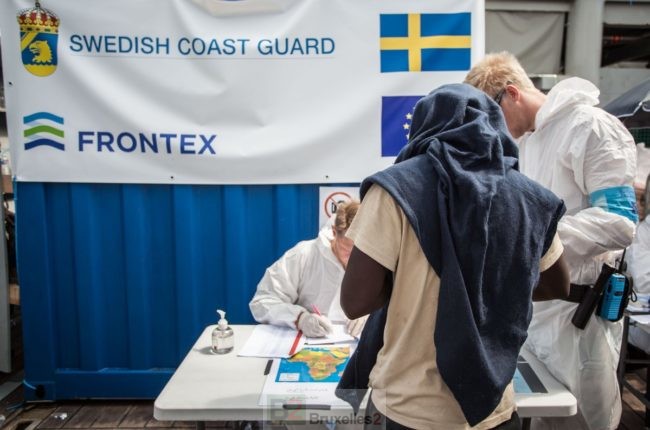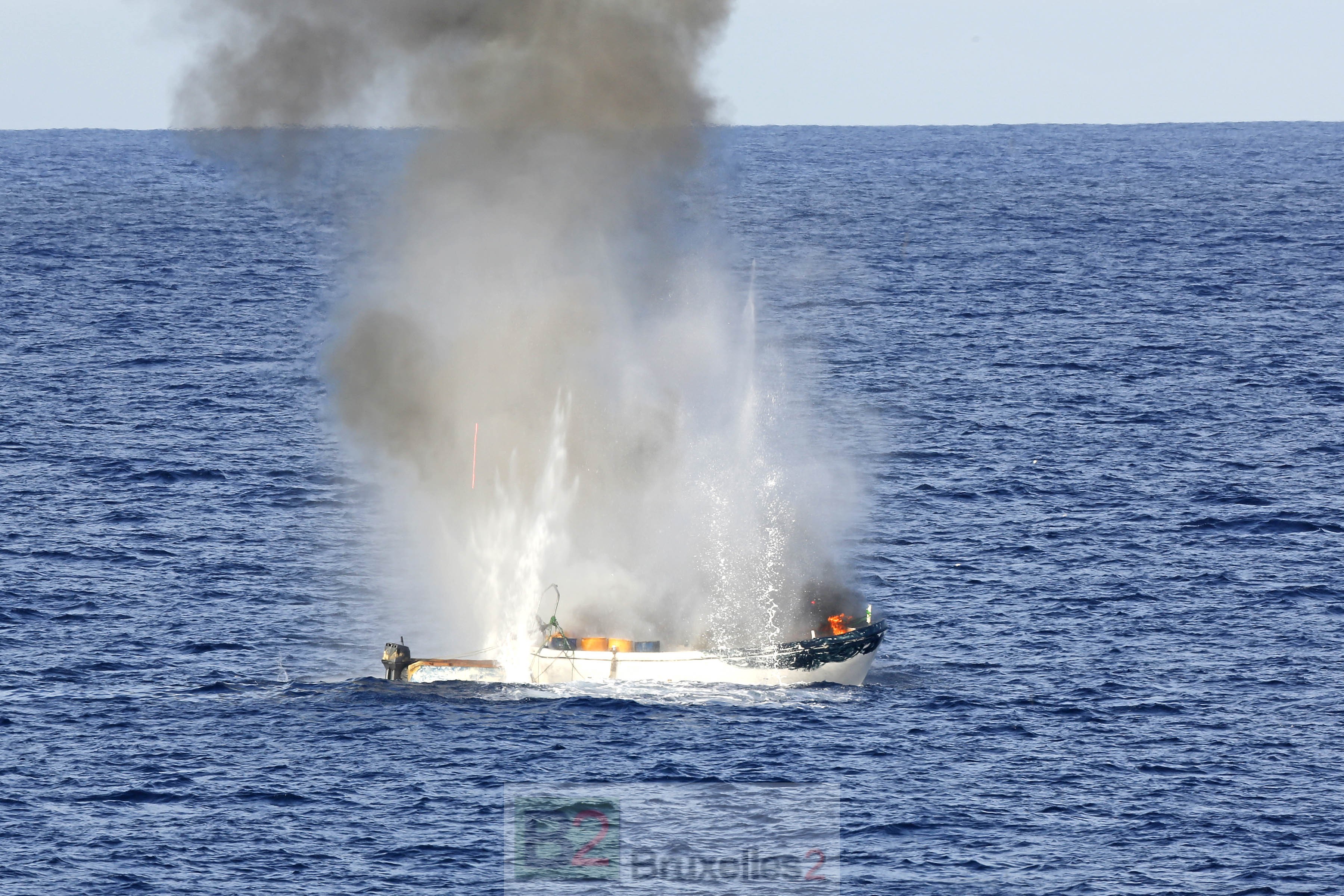Frontex: how do we arrive at the figure of 10.000 people promised by the European Council
(B2) At the last summit in Brussels on June 28 and 29, European leaders came out with a promise: the number of border and coast guards within the frontex agency will be increased to 10.000 no longer in 2027, but for 2020. The figure is round. He is handsome. But how do we get there?
Answer: quite simply by a sleight of hand, of which only the Europeans have the secret. Demonstration...
What is the current workforce?
In fact, today Frontex is about 600 people (589 exactly according to a last count made in Warsaw, the agency's headquarters), including 138 seconded national experts (for a variable period of two or three years in general) . NB: it should be noted that most of these personnel are used to manage all the tasks entrusted to the agency (increasing), only a few dozen are deployed or deployable in the field (generally for a fairly short period.
About 1300 personnel deployed in the field (Greece, Italy, Bulgaria, etc.). The figure varies from week to week, between 1200 and 1400 officers (1500 at the height of the crisis). These personnel are seconded by the Member States, for a variable period (one to a few weeks).
To this, we add a reserve pool of 1500 people which was created in 2015 with the establishment of the European Corps of Border Guards.
We thus already arrive today at 3400 people (600 + 1300 + 1500).
What is the goal ?
Last May, the European Commission planned to increase the number of border guards to 10.000 staff by 2027. A proposal made in the context of the next multiannual financial framework (CFP or MFF) for the period 2021-2027. Faced with the pressure of events, the Franco-German request (during the Meseberg declaration), the political debate in the European Council, the Commission proposed advancing this objective to 2020.
How do we get there in 2020?
To achieve this, we are not going to recruit hundreds of people every year.
Quite simply, we are taking up the objective set in the 2015 decision to strengthen the European Border and Coast Guard (Frontex) to gradually increase it until 2020 from around 300 to 1000 people (civil servants, contract workers and experts seconded nationals). NB: We are about halfway to the objective (about 600), which is already a good result.
Add to this the increase in personnel deployed from 1500 to 2000 people on average.
And increase the reserve pool from 1500 to 7000 people. Neither seen nor known.
You arrive at 10.000 = 1000 + 2000 + 7000. It's wonderful isn't it?
Are they permanent staff?
No. In practice, the main staff (more than 9000) are provided by the Member States (if they have these staff and if they want it), with the financial support of the European Union (which provides the per diems). Simply what is planned to gradually have half of the reserve staff (i.e. 3500) by permanent staff by 2027.
Why is it difficult to recruit?
It is expensive and not automatically financially sustainable. But the difficulty is above all practical. First of all, with the implementation of Schengen, most of the national forces (border police and customs) have been reduced to the strictest minimum. So there is " no more fat “, as confided by a high-ranking police officer, or widely available personnel. Then, with the terrorist alert, the States have certainly resumed recruitment but to assign it to the national territory. Finally, training and recruiting staff takes time.
(Nicolas Gros-Verheyde)
(1) This provision is enshrined in a sentence in the conclusions: “ the supporting role played by Frontex, in particular in the framework of cooperation with third countries, should be further reinforced by an increase in resources... »



